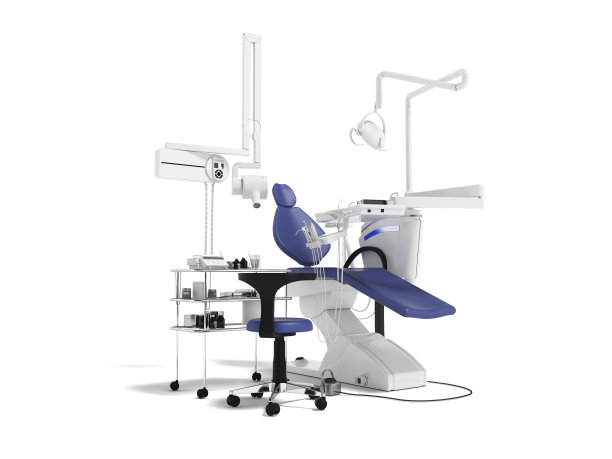Essential Precautions to Ensure a Successful Root Canal Treatment Experience and Optimize Patient Comfort and Safety
Summary: Root canal treatment is often associated with anxiety and discomfort for patients, making it essential to implement effective precautions that can ensure a successful outcome. This article explores four critical areas: pre-treatment preparation, effective communication, proper procedural techniques, and post-treatment care. By focusing on these elements, dental professionals can optimize patient comfort and safety while minimizing complications. Each aspect plays a vital role in creating a positive experience for the patient, ultimately leading to a successful treatment and better long-term oral health. This comprehensive guide serves to illuminate the best practices involved in root canal therapy from beginning to end.
1. Importance of Pre-Treatment Preparation

Pre-treatment preparation is the foundation of a successful root canal procedure. First and foremost, patient education is essential. Dentists should take the time to explain what the procedure entails, including its purpose, steps, and expected outcomes. This helps alleviate patient anxiety, making them feel more comfortable and aware of what to expect throughout the process.
Moreover, conducting a thorough examination and diagnosis is vital. This includes X-rays to assess the condition of the tooth and surrounding tissues. Proper imaging allows the dentist to devise an effective treatment plan tailored to the individual patients needs, which is crucial for achieving a successful outcome.
Finally, ensuring that the patient is medically cleared for the procedure adds an extra layer of safety. This means reviewing their medical history and discussing any medications they are on, thus enabling the provider to anticipate and mitigate any potential complications during treatment.
2. Establishing Effective Communication
Effective communication between the dental team and the patient is pivotal in optimizing comfort during the root canal. Initially, it is critical for dental practitioners to establish a rapport with the patient. A friendly and understanding demeanor can help reduce anxiety and foster trust throughout the treatment.
During the procedure, clear verbal communication is also necessary. Dentists should inform patients about what they are doing at each step, ensuring they understand and feel involved in their care. This not only keeps patients informed but can also help distract them from any discomfort they might be experiencing.
Lastly, after the treatment, follow-up communication is essential. Dentists should provide patients with clear aftercare instructions, and encourage them to reach out if they experience any issues or have questions, reinforcing open lines of communication beyond the office visit.
3. Utilizing Proper Procedural Techniques
The use of proper procedural techniques during root canal treatment is crucial in ensuring patient safety and comfort. One important technique is the application of local anesthesia effectively. Administering sufficient anesthesia is essential for minimizing pain and discomfort during the procedure, allowing the dentist to focus on the intricate work involved.
Utilizing advanced technology and tools also plays a significant role in effective treatment. Modern root canal procedures use digital imaging, ultrasonic instruments, and rotary endodontic systems, which enhance precision and efficiency, ultimately leading to better treatment outcomes and reduced chair time.
Furthermore, maintaining a clean and sterile environment is vital. Dental professionals should adhere to strict infection control protocols, which not only safeguard the patient’s health but also enhance their overall experience by minimizing the risk of post-treatment complications.
4. Focus on Post-Treatment Care
Aftercare is a fundamental component of ensuring a positive outcome following a root canal procedure. Patients should receive comprehensive post-treatment instructions, including information on managing any discomfort and recognizing potential signs of complications. This proactive approach empowers patients to take charge of their recovery process.
Additionally, follow-up appointments can greatly impact the patients healing experience. Scheduling a follow-up session allows dental professionals to assess the treatments success and address any concerns or complications early on.
Moreover, encouraging patients to maintain proper oral hygiene practices post-treatment helps in promoting faster healing and preventing future dental issues. This not only optimizes the longevity of the root canal procedure but also enhances the patient’s overall quality of life.
Summary:
In conclusion, ensuring a successful root canal treatment experience hinges on a well-rounded approach that includes preparation, communication, procedural techniques, and aftercare. By focusing on these essential precautions, dental professionals can enhance patient comfort and safety, facilitating a smoother treatment process and fostering long-term trust in dental care.
This article is compiled by Vickong Dental, and the content is for reference only.



